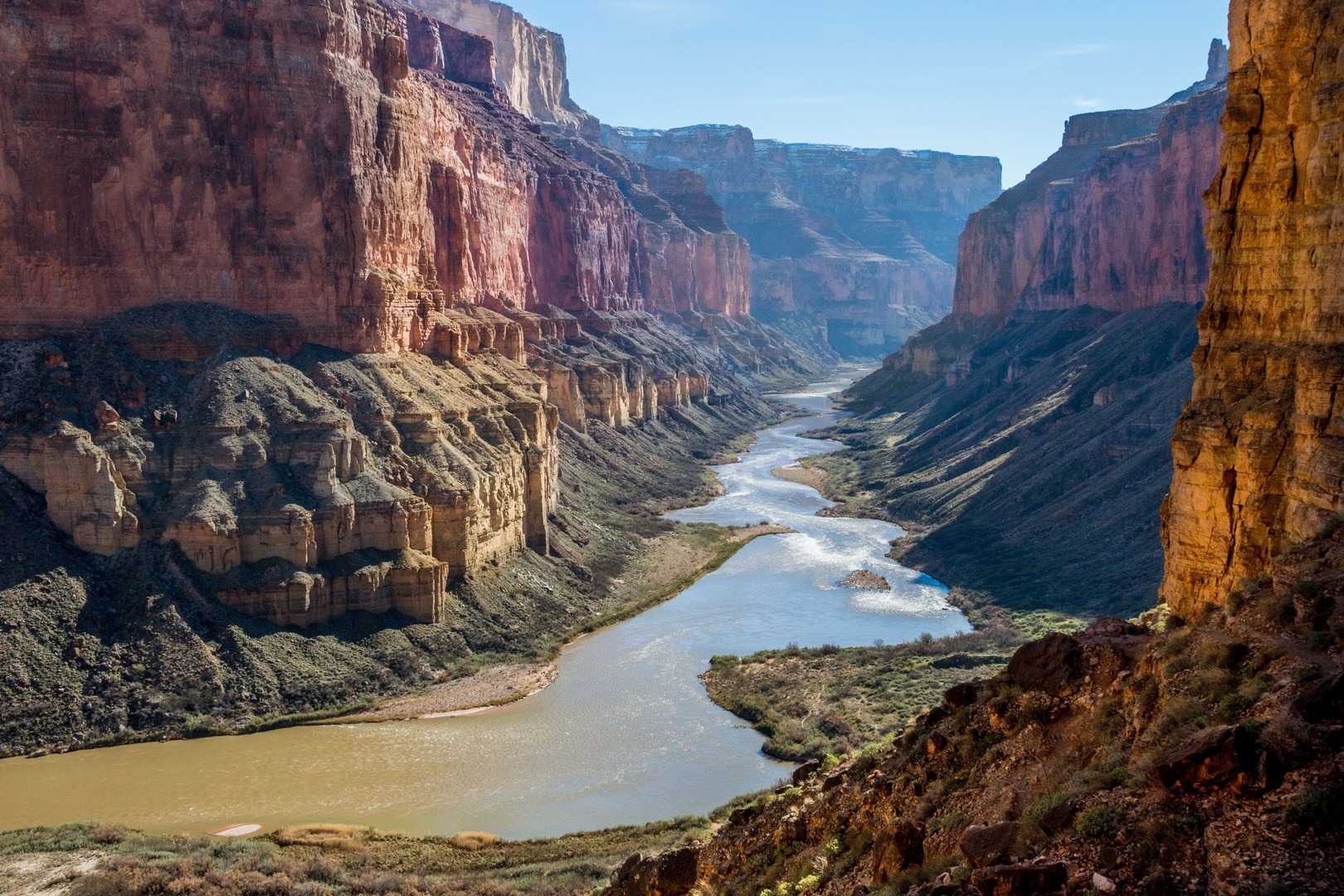You are here
Every great nation has endowed the international community with a new idea, a piece of greatness that enriches the cultural legacy of our collective histories, and the United States is certainly responsible for many—representative democracy and the balance of powers, the power of flight, central air conditioning and the Shamwow. The list is long.
The idea of Wilderness is an integral part of the United States and a formative force in its creation and development. Early Christian settlers who arrived on its northeastern shore were driven by the idea of religious freedom, and in the forests and mountains of Appalachia these men and women found a reflection of God’s Eden. Not without difficulty, they also found a thriving and resilient Native American population, cold and bitter winters, and a kind of life foreign to city dwellers on a largely developed European continent. This duality of ardor and exhaustion has fed the American ideal ever since. “The peculiarity of American institutions,” wrote Frederick Jackson Turner, “is the fact that they have been compelled to adapt to the change of an expanding people—to the changes involved in crossing a continent, in winning a wilderness, and in developing at each area of this progress out of the primitive economic and political conditions of the frontier into the complexity of city life.” The frontier, said Turner in words unrefined by the political correctness of our time, was “the outer edge of the wave—the meeting point between savagery and civilization.”
Though much softened now after years of progress, the wilderness of Yellowstone National Park was the first to enshrine in a park the idea and challenges of humanity immersed in a wild land, and the idea has grown well beyond its borders. The United States hosted the first World Parks Congress in 1962, and the National Park Service has been integral in expanding the conservation effort worldwide. Today, at least 772,000 square miles of the earth’s surface is under protected management as parks and preserves, and that number grows every year.
For this installment of the #52WeekAdventureChallenge, our national parks are an opportunity to appreciate the forces that shaped the United States from its incipience.
- Olympic National Park
- Mount Rainier National Park
- Crater Lake
- Lassen Volcanic National Park
- Redwood National + State Parks
- Yosemite National Park
- Joshua Tree National Park
- Arches National Park
- Zion National Park
- Bryce Canyon National Park
- Grand Canyon National Park
- Black Canyon of the Gunnison National Park
- Rocky Mountain National Park
- Mount St. Helens National Volcanic Monument
- Muir Woods National Monument
- Craters of the Moon National Monument and Preserve
- Hovenweep National Monument
- Colorado National Monument
- Carlsbad Caverns
- Mesa Verde National Park
- Death Valley National Park
- Dry Tortugas National Park
- Cabrillo National Monument
- Cape Breton Highlands National Park (Canada)
- Tikal National Park (Guatemala)
- Hawai’i Volcanoes National Park
- Glacier National Park
- Pinnacles National Park





Comments
Sign In and share them.